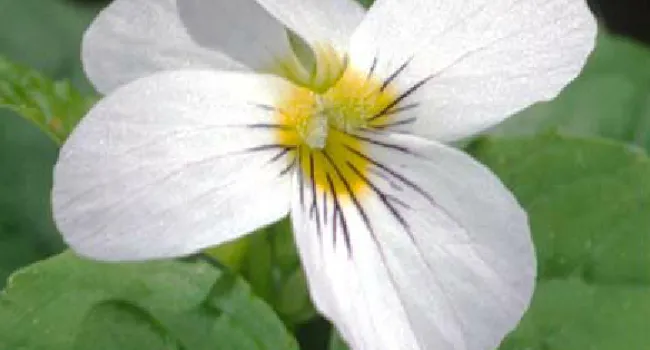
Photo
(Viola canadensis) This relatively tall violet with heart-shaped leaves is frequently encountered in cove forests. It produces many white flowers that fade to purple with age. Often found in clumps...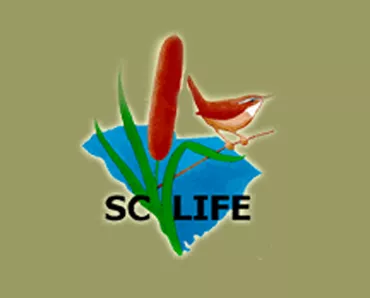
Take a virtual field trip to a South Carolina cove forest and a salt marsh. These virtual field trips were produced in collaboration between Clemson University's SC LIFE Project and South Carolina ETV. The virtual field trips were designed specifically for schools lacking easy access to natural areas.
The SC LIFE Project, supported by an award to Clemson University from the Howard Hughes Medical Institute Undergraduate Science Education Program, uses the natural history of South Carolina (and the Southeast) to illustrate basic biological concepts and to stimulate inquiry-based learning. The SC LIFE Program serves elementary, middle and high school students and teachers. The target grade level of the SC LIFE Virtual Field Trips content is middle school.
SC LIFE materials are available for use only in non-profit educational activities. Any other uses, including activities involving fees for instruction and/or materials, must receive permission from the SC LIFE Project Director. Contact SC LIFE Project Office, 132 Long Hall, Clemson, SC 29634, 864-656-4224, with questions about any of our SC LIFE materials or programs.

Photo
(Viola canadensis) This relatively tall violet with heart-shaped leaves is frequently encountered in cove forests. It produces many white flowers that fade to purple with age. Often found in clumps...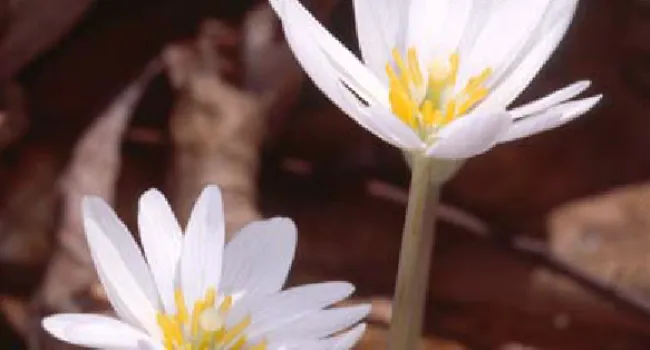
Photo
(Sanguinaria Canadensis) Bloodroot is one of the first plants to bloom in spring. Only one flower and one leaf is produced per plant. The large white flower opens in the day and closes at night. The...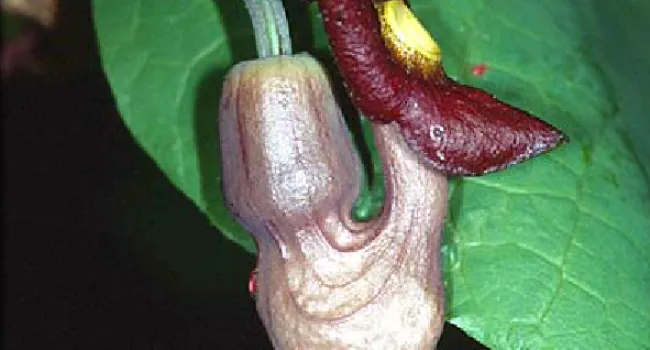
Photo
Although it might sometimes look like a tangled shrub, the woody wine has large heart-shaped leaves and small flowers that look like an old-time smoking pipe, hence the common name. Toxins in the...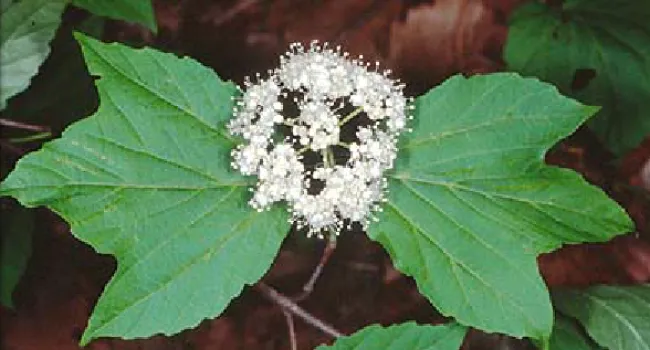
Photo
(Viburnum acerifolium) This small clump-forming shrub that has three-lobed leaves that resemble maple leaves, hence the common name. Maple-leaf viburnum has showy clusters of white flowers that give...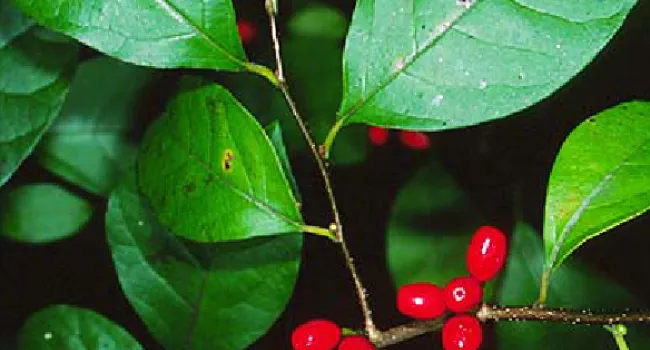
Photo
(Lindera benzoin) This upright deciduous shrub occurs along streams and in rich moist woods. It produces dense clusters of small yellow flowers in early spring and bright red berry-like fruits in the...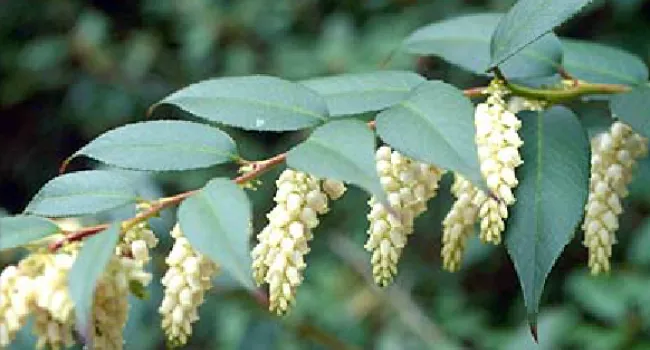
Photo
This evergreen shrubs forms dense thickets in ravines and along streams. The leaves are thick and leathery and the urn-shaped fragrant flowers bloom in early spring.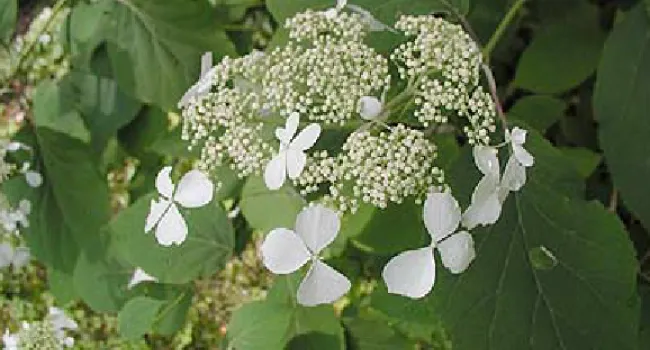
Photo
(Hydrangea radiata) This deciduous shrub with peeling bark on its stems occurs in open woods as well as along streams and in moist roadside areas. The flowers form dense clusters with showy white...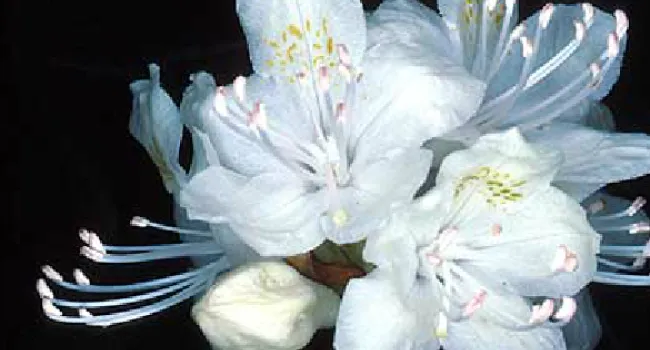
Photo
(Rhododendron maxiumum) This evergreen shrub or small tree forms dense thickets in cool, moist, partially shaded sites such as stream banks, ravines and mountain slopes. It has thick leathery leaves...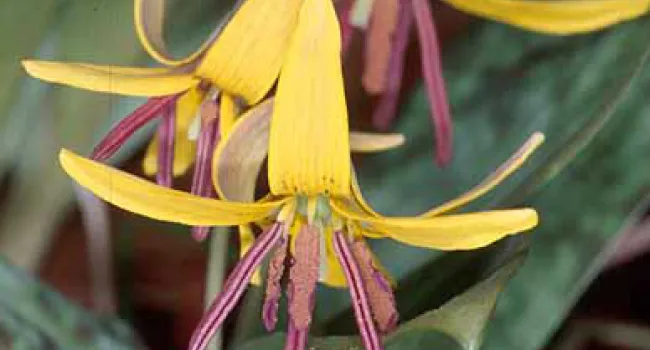
Photo
Trout lily has a very short growing season. Plants emerge in late winter-early spring as soil temperatures rise. A few weeks later, when the canopy trees leaf out, and the florest floor is in deep...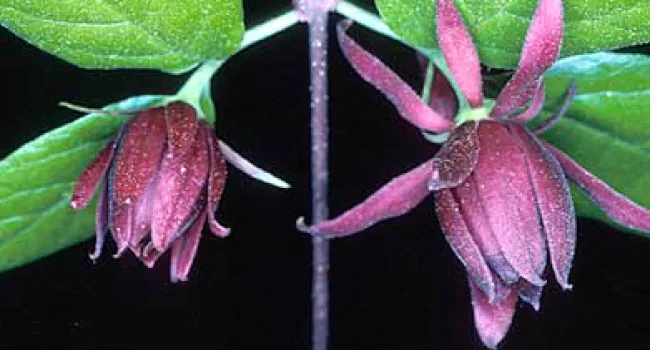
Photo
The common name of this deciduous shrub refers to its fragrant leaves, twigs, and flowers. It has distinctive maroon or brownish flowers that develop into large brown pods. White-footed mice often...